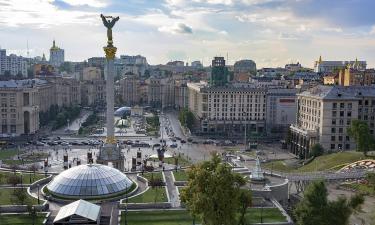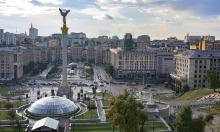Children in polluted areas to have low lung function
Children who live in polluted communities are five times more likely to have clinically low lung function — less than 80 percent of the lung function expected for their age. New data from the Children's Health Study suggests that pollutants from vehicle emissions and fossil fuels hinder lung development and limit breathing capacity for a lifetime.
The study was funded by the National Institute of Environmental Health Sciences (NIEHS), one of the National Institutes of Health, the California Air Resources Board and the Hastings Foundation. The results of the study, conducted by researchers at the University of Southern California Keck School of Medicine, are published in this week's issue of the New England Journal of Medicine, informs Science Daily.
According to the San Diego Union Tribune, the eight-year study of schoolchildren in 12 Southern California communities, including Alpine, is the longest and most extensive effort to understand how pollution affects developing lungs, and it raises questions of whether air pollution standards should be tougher.
The research found that by the time lung development nears its peak capacity by age 18, lung capacity in 7.9 percent of children in heavily polluted areas was "less than 80 percent of what it should have been for their age and size," Gauderman said.
That figure compares with 1.6 percent of children in areas with lower pollution.
The percentages mean five times more children in higher-pollution areas had clinically low lung function, compared with those living in less-polluted areas, he said.
Read earlier news stories by PRAVDA.Ru
&to=https:// english.pravda.ru/world/2001/01/04/1830.html' target=_blank> NEW TREATMENT FOR LUNG CANCER DISCOVERED
Subscribe to Pravda.Ru Telegram channel, Facebook, RSS!




